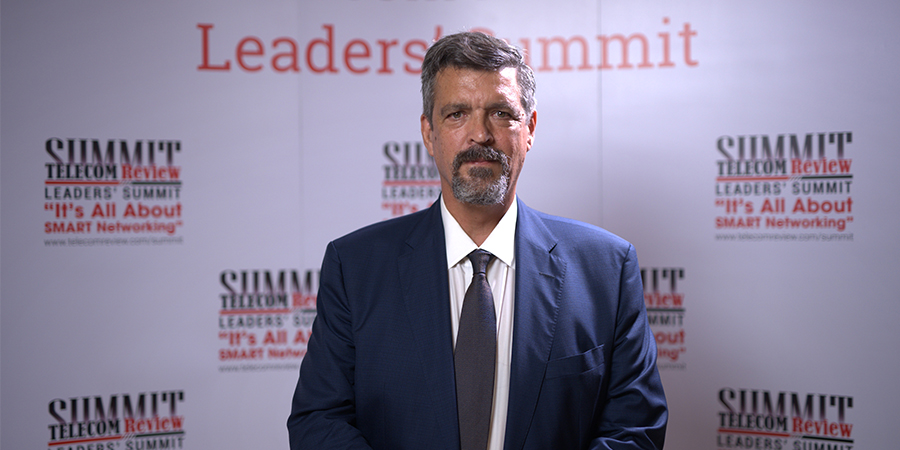In an exclusive interview with Telecom Review, Roque Lozano, VP IP and optical networks MEA, Nokia talks about 5G, artificial intelligence and optimization of networks.
How is Nokia helping businesses and organizations transform network performance across the Middle East region?
Network transformation is a big challenge. To address this, Nokia combined three elements, a long-term technology direction highlighted by our Bell Labs, a combination of cutting edge technologies, and a very large and diverse set of service capabilities, to enable the communication services that the market requires. We can implement this network concept from the submarine cables to the data center and from the Datacenters to the premises. And this is our most important contribution along with the capability to assure the highest quality customer experience across multiple layers and the multiple geographies that the network has to cover. For us, the most important aspect of working with our partners and customers, both operators and enterprise, is to understand the business-case and the compelling KPIs, which are not only technology driven, but also business and user experience driven. So, we try to understand that and accommodate the business case, time to market and the time to realize return of investment of the different projects to overcome potential budget challenges as well.
How is Nokia helping CSPs leverage artificial intelligence for energy efficient operations and achieve sustainability goals?
Artificial Intelligence is a fundamental piece of the network. We recognize that it is a little bit of a scary term - Artificial Intelligence – but at the end of the day it is human intelligence. We try to combine the human intelligence with the artificial capability of processing and data collection in real time and the correlation of data which is a fundamental information to make sure that the network can adapt to, predict the unpredictable and be ready for the unexpected. We have seen during the COVID time that the unexpected is going to happen. You can bring about any type of scenario, the reality will be the biggest fiction you have to face. So, having a network that is able to predict and to adapt in real-time to those new patterns of traffic and user experience requirement is the fundamental contribution that we, as a network provider, are focusing on.
Give us an idea of how forthcoming 5G-advanced technologies will transform digital experiences?
5G technology is a fundamental piece of the evolution of radio technology, but the 5G network is not only a radio access network... even if Radio ’s a fundamental part – 5G network is “starting” in the radio access and goes to the very end to one or more data center(s). The digital service is provided by a long chain of elements, and it is “as strong as the weaker of them”. The 5G network requires a fully coordinated end to end approach to make possible (and sustainable) the success of the next generation of digital services across all applications for both industries, professional and private communications services. For example: The need for slicing to adapt the capabilities and the SLAs that you need for the different users requires a partition of the network. Network slicing is a famous term in the radio space, but in fact, the whole network must be partitioned from the radio spectrum to the fiber spectrum to the processing capabilities. The capability to secure the user experience across all the technologies is the most important component to achieve the success of the implementation of any service.









